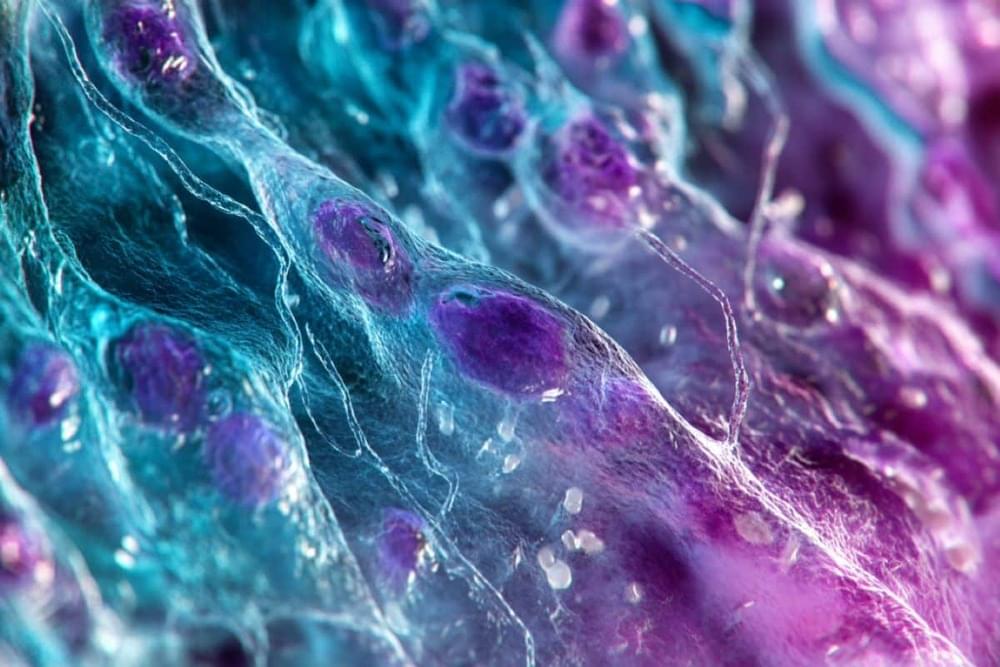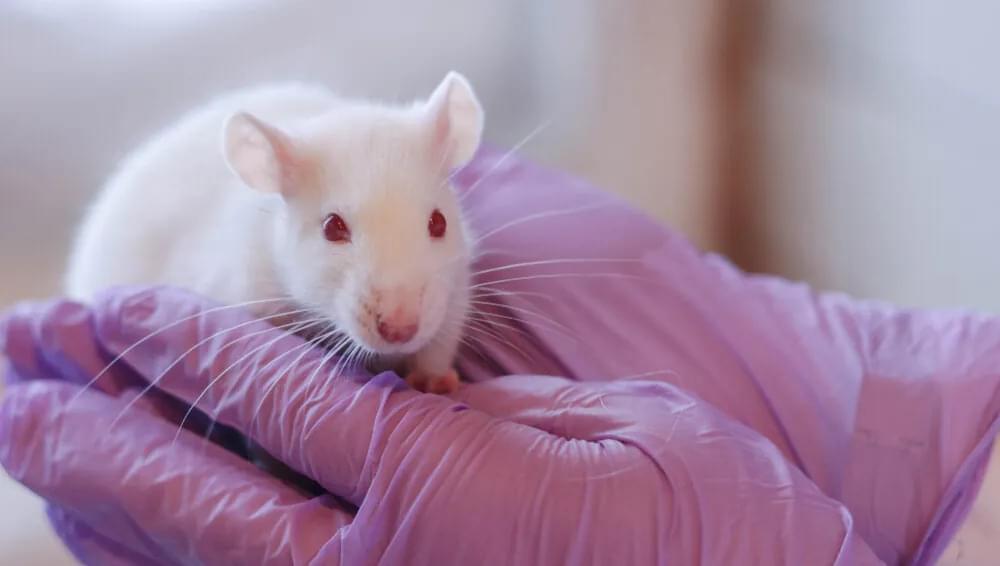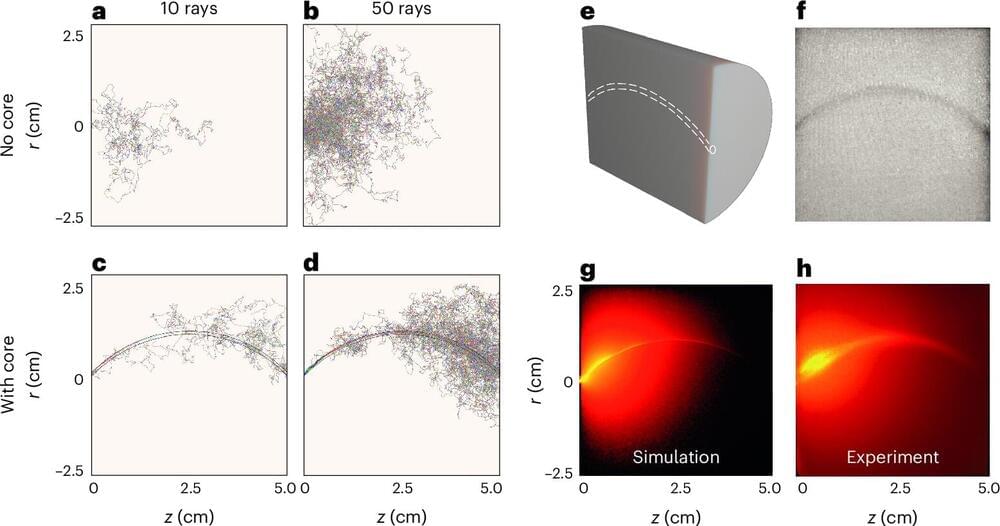Summary: Neural crest stem cells, a rare type found in skin and other tissues, are uniquely capable of reprogramming into different cell types, challenging the prevailing belief that any mature cell can be reprogrammed. The study reveals that cellular reprogramming is likely limited to these specialized stem cells rather than all mature cells.
Neural crest stem cells are present in skin, bone, and connective tissue, with a natural predisposition for transformation due to their origin in embryonic development. This finding could reshape strategies for stem cell therapies, emphasizing the role of neural crest cells in treating neurodegenerative diseases. The team hopes their work will refine cell reprogramming approaches and inspire further research into the specific potentials of stem cell types.









